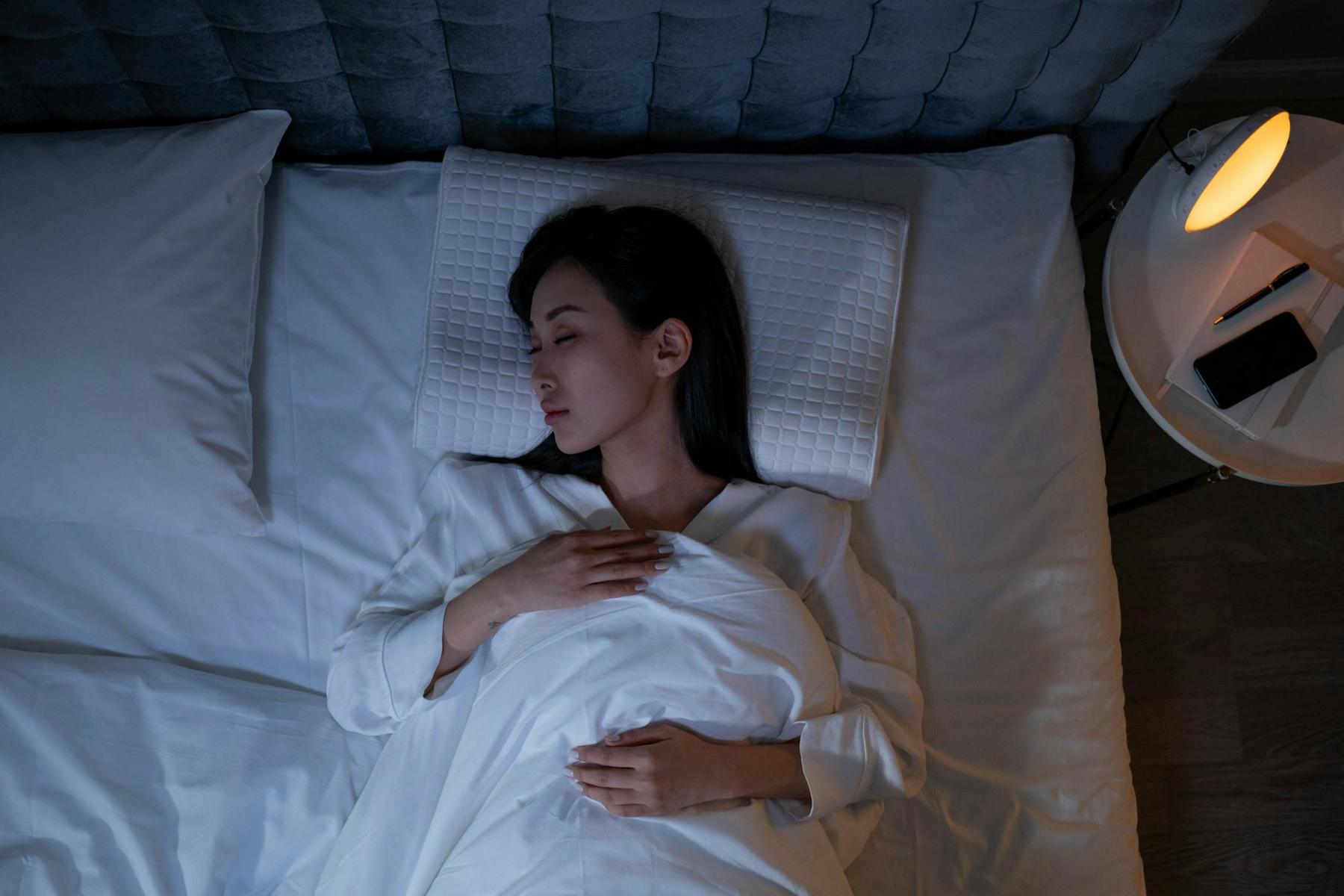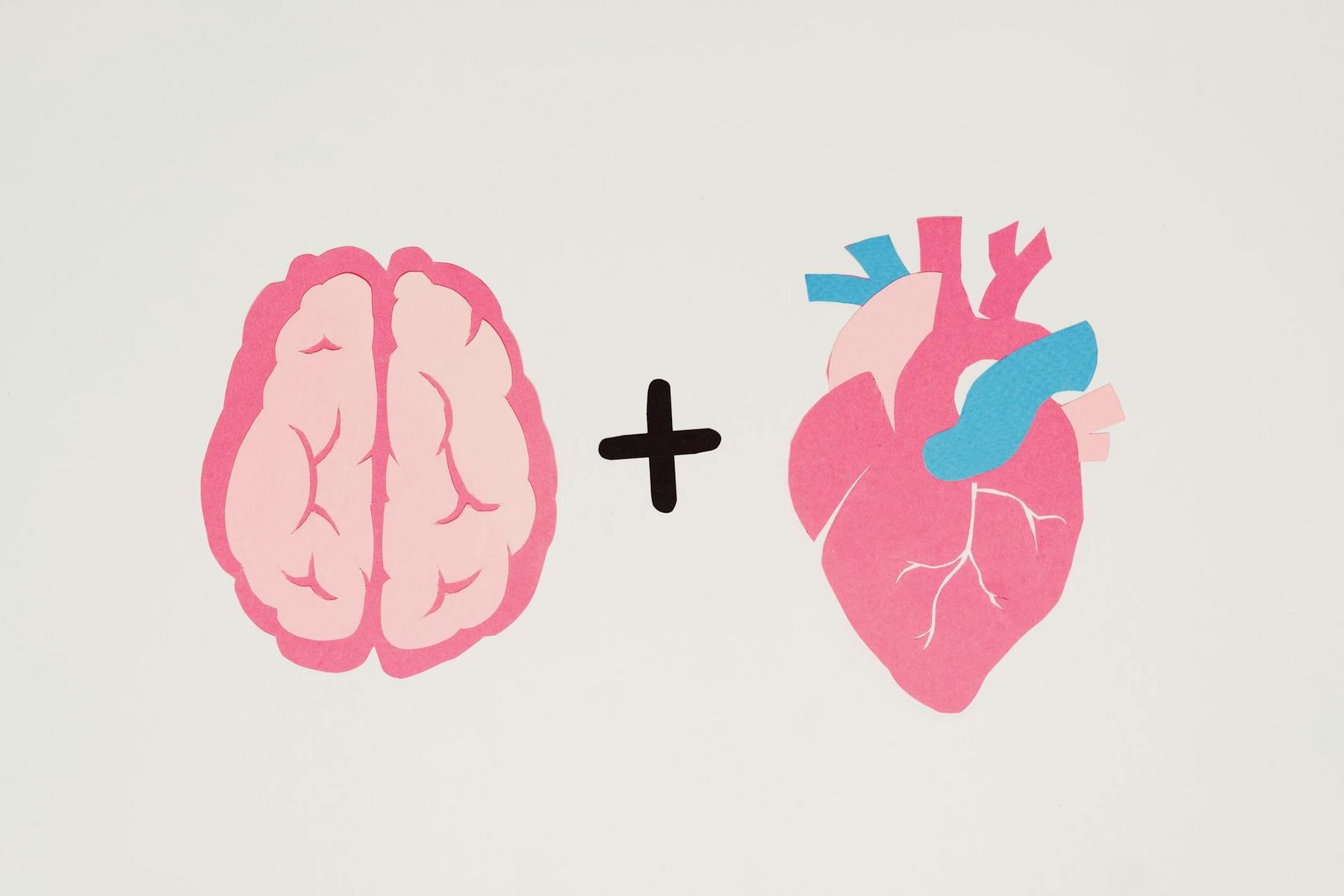Every night, whilst you drift through the various stages of slumber, your brain orchestrates an intricate symphony of electrical activity that remains hidden from conscious awareness. Among the most fascinating phenomena occurring during this nocturnal performance are sleep spindles—brief bursts of brain wave activity that emerge during non-REM sleep, playing crucial roles in memory consolidation, brain protection, and cognitive function. Despite spending roughly one-third of our lives asleep, most people remain entirely unaware of these remarkable neural signatures that define the quality and restorative capacity of their rest. Understanding sleep spindles offers profound insights into how our brains process information, protect themselves from external disturbances, and maintain optimal cognitive health throughout our lifespan.
What Are Sleep Spindles and Why Do They Matter?
Sleep spindles represent one of the defining electrophysiological hallmarks of non-rapid eye movement (non-REM) sleep, specifically characterising Stage 2 sleep. These distinctive brain wave patterns appear as brief oscillations, typically lasting between 0.5 to 3 seconds, occurring at frequencies of 11-16 Hz on electroencephalogram (EEG) recordings. When visualised on sleep study readouts, they manifest as waxing-and-waning bursts of activity that resemble spindles used in textile production, hence their evocative name.
The significance of sleep spindles extends far beyond their aesthetic appearance on brain recordings. These neural events serve as fundamental markers of sleep quality and brain health, with research establishing strong correlations between spindle characteristics and cognitive performance, memory consolidation, and neurological resilience. Sleep spindles essentially function as neurological gatekeepers, helping to maintain sleep continuity by inhibiting the processing of external sensory information that might otherwise disrupt rest.
Emerging evidence suggests that the density, duration, and amplitude of sleep spindles vary considerably between individuals and across the lifespan, with these variations carrying meaningful implications for cognitive ageing, learning capacity, and susceptibility to sleep-related disorders. The presence and quality of sleep spindles serve as biomarkers for assessing brain function during sleep, making them invaluable tools for understanding both normal sleep architecture and pathological conditions affecting rest quality.
How Do Sleep Spindles Form During Non-REM Sleep?
The generation of sleep spindles involves sophisticated interactions between multiple brain regions, primarily orchestrated through thalamocortical circuits. The thalamus, often described as the brain’s relay station, plays the central role in initiating spindle activity. Specifically, the thalamic reticular nucleus acts as the pacemaker for these oscillations, generating rhythmic bursts that subsequently propagate to the cerebral cortex.
This neurophysiological process unfolds through a precisely coordinated sequence of cellular events. Inhibitory neurons within the thalamic reticular nucleus produce rhythmic bursts of inhibitory signals that hyperpolarise thalamocortical relay cells. These relay cells then rebound with synchronised burst firing, creating the characteristic oscillatory pattern that spreads across cortical networks. The entire process relies on intricate interactions between specific ion channels, particularly calcium-dependent potassium channels and T-type calcium channels, which together generate the timing and rhythm of spindle activity.
Sleep spindles predominantly occur during Stage 2 non-REM sleep, though they may also appear during lighter portions of slow-wave sleep. They typically emerge in groups, with multiple spindles occurring in succession before periods of relative quiescence. The spatial distribution of spindles across the cortex reveals important functional distinctions—faster spindles (13-16 Hz) tend to predominate in central and parietal regions, whilst slower spindles (11-13 Hz) appear more frontally distributed, suggesting specialised roles for different spindle types.
| Sleep Spindle Characteristic | Fast Spindles | Slow Spindles |
|---|---|---|
| Frequency Range | 13-16 Hz | 11-13 Hz |
| Primary Cortical Location | Central-parietal regions | Frontal regions |
| Association with Cognitive Function | Sensorimotor processing, procedural memory | Declarative memory consolidation |
| Typical Duration | 0.5-2 seconds | 0.5-3 seconds |
| Density During Night | Higher in latter sleep cycles | More evenly distributed |
What Role Do Sleep Spindles Play in Memory and Learning?
The relationship between sleep spindles and memory consolidation represents one of the most extensively studied aspects of sleep neuroscience. Research has established that sleep spindles actively participate in transferring information from temporary storage in the hippocampus to more permanent repositories in the neocortex—a process essential for long-term memory formation. This memory consolidation process appears to be particularly robust during the periods when sleep spindles co-occur with other sleep-related oscillations, such as slow waves and hippocampal ripples.
Different types of memory appear to benefit preferentially from distinct spindle characteristics. Procedural memory—the type of memory involved in learning motor skills and habits—shows particularly strong associations with fast spindles occurring over sensorimotor cortices. Conversely, declarative memory, which encompasses facts and events, demonstrates closer relationships with slow, frontal spindles. This functional specialisation suggests that the sleeping brain employs sophisticated mechanisms to optimise different forms of learning.
The timing of spindle occurrence during the night also carries significance for memory processing. Studies examining learning performance before and after sleep have revealed that individuals demonstrating higher spindle density and duration typically show superior memory retention and integration. This relationship appears to be bidirectional—learning new information during waking hours can actually increase subsequent spindle activity during sleep, suggesting an adaptive response whereby the brain upregulates consolidation mechanisms in response to increased learning demands.
Beyond memory consolidation, sleep spindles contribute to synaptic homeostasis—the process through which the brain recalibrates neural connections strengthened during waking activities. This downscaling of synaptic weights during sleep prevents neural networks from becoming saturated, maintaining the brain’s capacity for new learning whilst preserving important information acquired during waking hours.
How Are Sleep Spindles Measured and Studied?
The gold standard for detecting and analysing sleep spindles remains polysomnography, a comprehensive sleep monitoring technique that includes electroencephalography (EEG), electrooculography (EOG), and electromyography (EMG). During a polysomnographic study, multiple electrodes placed across the scalp record electrical activity from different brain regions, allowing researchers and clinicians to identify sleep spindles based on their distinctive frequency, duration, and morphological characteristics.
Traditional spindle detection relied heavily on manual visual inspection by trained sleep technicians, who would painstakingly review hours of EEG recordings to identify and catalogue each spindle event. However, this approach suffers from subjectivity, inconsistency between raters, and the impossibility of analysing large datasets efficiently. Contemporary sleep research has largely transitioned to automated spindle detection algorithms, which employ sophisticated signal processing techniques and, increasingly, machine learning approaches to identify spindles with high accuracy and consistency.
These automated systems analyse multiple spindle parameters, including density (number of spindles per minute of sleep), duration, amplitude, frequency, and coupling with other sleep oscillations. Advanced analytical techniques can now distinguish between different spindle subtypes, track spindle evolution across the night, and map the spatial distribution of spindles across cortical regions. Such detailed characterisation has revealed previously unrecognised patterns of spindle activity associated with cognitive function, ageing, and neurological conditions.
High-density EEG systems, employing 64, 128, or even 256 electrodes, have further refined our understanding of sleep spindle topography and propagation. These systems reveal that spindles do not occur simultaneously across the entire cortex but rather propagate as travelling waves, with distinct spatial and temporal patterns that may reflect the functional organisation of memory consolidation processes.
What Factors Influence Sleep Spindle Activity?
Sleep spindle characteristics demonstrate remarkable variability across individuals and populations, influenced by numerous intrinsic and extrinsic factors. Age represents one of the most significant determinants of spindle activity, with spindle density, duration, and amplitude all showing characteristic changes across the lifespan. Spindles typically emerge during infancy, reach peak density during childhood and adolescence, and gradually decline in frequency and amplitude with advancing age. This age-related decline in spindle activity has been associated with reduced sleep quality and cognitive changes accompanying normal ageing.
Biological sex also influences spindle characteristics, with research consistently demonstrating that females typically exhibit higher spindle density and amplitude compared to males. This sex difference appears after puberty and persists throughout adulthood, potentially reflecting underlying differences in thalamocortical physiology and hormonal influences on sleep architecture. The functional significance of these sex differences remains an active area of investigation, with implications for understanding gender-specific vulnerabilities to sleep disorders and cognitive decline.
Sleep quality itself profoundly affects spindle generation. Sleep disruption, whether from environmental noise, sleep-disordered breathing, or other disturbances, can fragment sleep architecture and reduce spindle occurrence. Conversely, factors that enhance sleep quality—including consistent sleep schedules, optimal sleep environments, and good sleep hygiene practices—support robust spindle activity. The bidirectional relationship between spindles and sleep quality creates a positive feedback loop whereby enhanced spindle activity promotes deeper, more consolidated sleep, which in turn facilitates more robust spindle generation.
Physical and cognitive demands during waking hours also modulate subsequent spindle activity. Increased cognitive load, particularly tasks involving learning and memory, can upregulate spindle density during subsequent sleep, suggesting an adaptive response to consolidation demands. Similarly, physical exercise influences sleep architecture and may affect spindle characteristics, though the specific relationships remain complex and depend on exercise timing, intensity, and individual fitness levels.
Neurological conditions and sleep disorders substantially impact spindle activity. Conditions such as schizophrenia, autism spectrum disorders, and various forms of dementia have all been associated with altered spindle characteristics. Sleep disorders including insomnia and sleep apnoea can disrupt normal spindle generation, potentially contributing to the cognitive impairments often accompanying these conditions. Understanding these pathological alterations in spindle activity may provide valuable diagnostic information and inform approaches to supporting brain health.
The Future of Sleep Spindle Research and Clinical Applications
As sleep neuroscience advances into 2025 and beyond, sleep spindles have emerged as potential therapeutic targets and biomarkers for brain health. The recognition that spindle characteristics correlate with cognitive performance has sparked interest in interventions that might enhance spindle activity, thereby potentially improving memory consolidation and cognitive function. Researchers are exploring various approaches, including acoustic stimulation during sleep, transcranial electrical stimulation, and optimisation of sleep architecture through behavioural interventions.
The development of consumer sleep technologies has brought sleep spindle monitoring closer to everyday clinical practice and personal health tracking. Whilst current wearable devices cannot yet match the precision of laboratory polysomnography, advancing sensor technologies and signal processing algorithms are progressively closing this gap. Future iterations may enable individuals to track their sleep spindle activity routinely, providing personalised insights into sleep quality and cognitive health.
Sleep spindles are also gaining recognition as potential early markers for neurodegenerative conditions. Research has identified alterations in spindle characteristics years before clinical symptoms emerge in conditions such as Alzheimer’s disease, suggesting that spindle monitoring might contribute to early detection strategies. As precision medicine approaches gain traction, characterising individual spindle profiles could inform personalised interventions supporting optimal brain health across the lifespan.
The integration of sleep spindle research with broader understanding of brain oscillations, neural plasticity, and cognitive function continues to reveal the profound sophistication of sleep’s role in brain health. Rather than representing mere downtime, sleep emerges as an active state of neural reorganisation, with sleep spindles serving as one visible signature of the brain’s nocturnal maintenance and optimisation processes. This recognition elevates the importance of prioritising sleep quality as a fundamental pillar of cognitive health and overall wellbeing.
For Australians navigating the complexities of sleep health in an increasingly demanding world, understanding the science of sleep spindles underscores the critical importance of creating conditions that support natural sleep architecture. Beyond the immediate restorative benefits of adequate sleep, the quality of our sleep spindles during non-REM stages may profoundly influence our capacity for learning, memory, and long-term cognitive resilience.
Can you improve your sleep spindles naturally?
Whilst you cannot directly control sleep spindle generation, several lifestyle factors support optimal spindle activity. Maintaining consistent sleep schedules, creating dark and quiet sleep environments, managing stress effectively, and ensuring adequate sleep duration all contribute to healthy sleep architecture, including robust spindle generation. Regular physical activity and cognitive engagement during waking hours may also support enhanced spindle activity during subsequent sleep, though the optimal timing and intensity of these activities require individual consideration.
How do sleep spindles differ from other brain waves during sleep?
Sleep spindles are distinct from other sleep-related brain oscillations in their frequency (11-16 Hz), duration (0.5-3 seconds), and characteristic waxing-and-waning appearance. Unlike the slower delta waves that characterise deep slow-wave sleep or the faster, desynchronised activity of REM sleep, spindles represent brief, rhythmic bursts specific to Stage 2 non-REM sleep. They often co-occur with K-complexes—another distinctive Stage 2 sleep feature—but serve different functional roles, with spindles primarily involved in memory consolidation whilst K-complexes help maintain sleep by suppressing responses to external stimuli.
At what age do sleep spindles develop and how do they change throughout life?
Sleep spindles typically emerge during the first few months of life, with spindle characteristics evolving substantially throughout childhood and adolescence. Spindle density and amplitude generally peak during childhood and early adolescence, supporting the intensive learning and neural development characteristic of these life stages. From middle adulthood onwards, spindle density, amplitude, and duration gradually decline, paralleling age-related changes in sleep quality and cognitive function. However, considerable individual variation exists, with some older adults maintaining robust spindle activity comparable to younger individuals.
What is the relationship between sleep spindles and intelligence?
Research has identified modest but consistent correlations between certain sleep spindle characteristics and measures of cognitive ability, particularly fluid intelligence—the capacity for logical reasoning and problem-solving in novel situations. Individuals with higher spindle density and faster spindle frequencies tend to perform better on intelligence tests, though spindles represent just one of many factors contributing to cognitive ability. This relationship likely reflects the role of spindles in memory consolidation and neural plasticity, both fundamental to learning and cognitive development.
Can sleep spindles be used to diagnose sleep disorders or neurological conditions?
Sleep spindles serve as valuable components of comprehensive sleep assessments, though they rarely provide diagnostic information in isolation. Altered spindle characteristics have been documented in various conditions including insomnia, sleep apnoea, schizophrenia, autism spectrum disorders, and neurodegenerative diseases. However, sleep spindle analysis typically complements other diagnostic information rather than serving as a standalone diagnostic criterion. As sleep medicine advances, spindle profiling may increasingly contribute to personalised assessment and monitoring of sleep and neurological health, particularly when integrated with other physiological and clinical markers.













